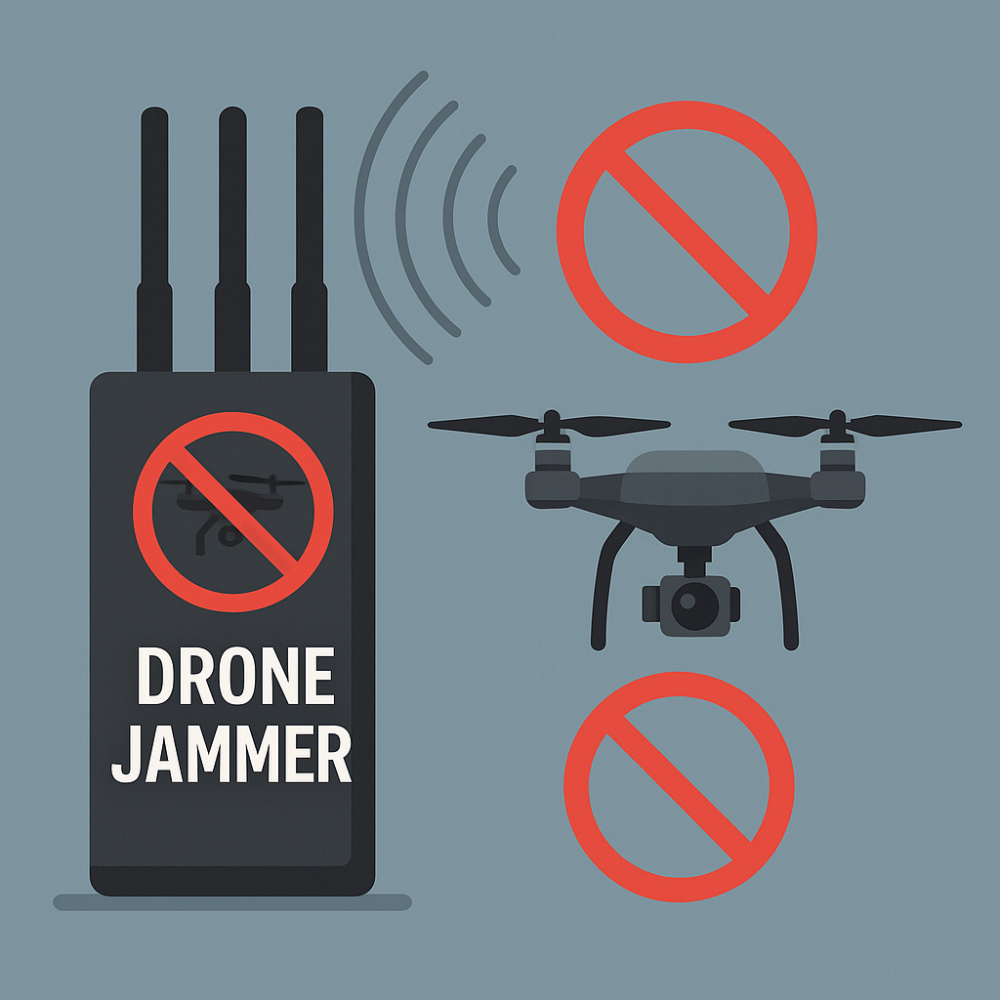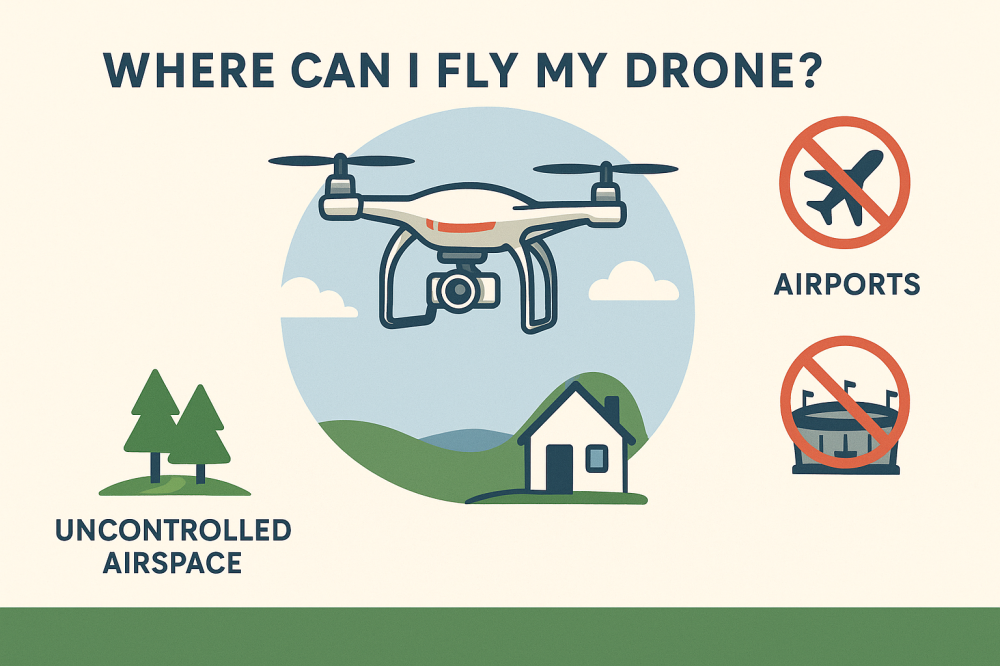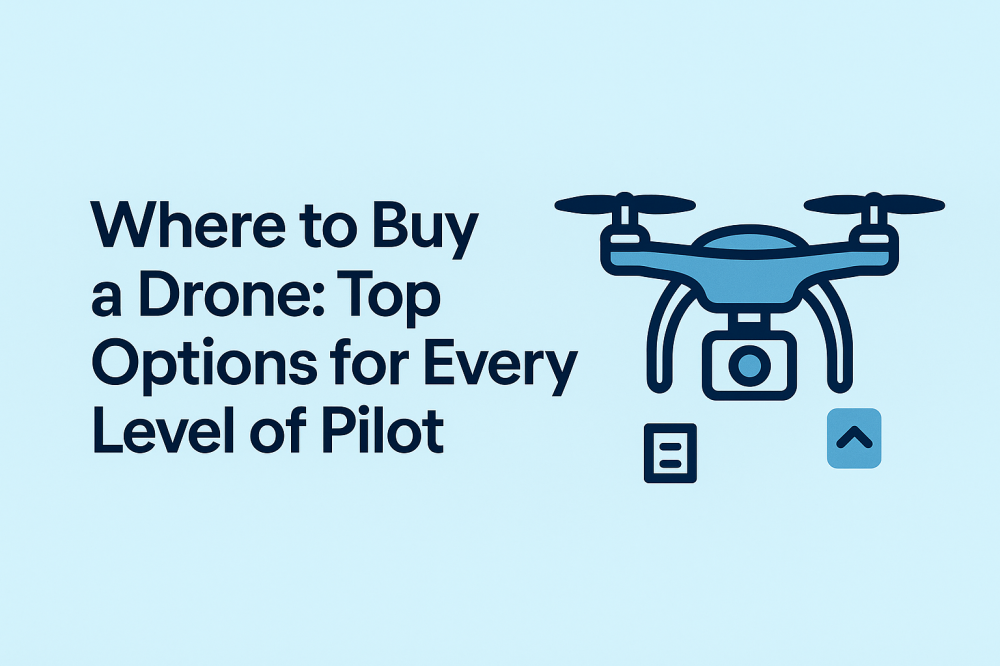As the popularity of drones continues to rise across both civilian and commercial sectors, so too does concern over their unauthorized use in restricted airspace, near airports, or over private property.
The natural question that arises for many individuals, organizations, and law enforcement agencies is: Can I legally acquire a drone jammer to take down drones?
The answer is complex, and it requires an understanding of unmanned aerial systems (UAS), aviation authority regulations, and the technologies used to interfere with airborne devices.

This article explores what drone jammers are, how they work, and most importantly—whether and where you can obtain them.
What Is a Drone Jammer?
A drone jammer is a counter-UAS device designed to interfere with the remote control or GPS signals of a quadcopter, drone camera, or other unmanned aerial vehicles (UAVs).
By disrupting the communication link between the drone and its remote pilot, jammers cause the device to lose connection and either hover, return to home, or land.
Drone jammers typically operate on the 2.4 GHz or 5.8 GHz frequencies—bands commonly used in consumer RC drones such as the DJI Phantom, Mavic, Yuneec, Hubsan X4, and Parrot Bebop.
Some advanced jammers even target GPS, GLONASS, and video downlink systems, affecting both autonomous and remotely piloted aircraft.
Legal Status: Can You Own or Use a Drone Jammer?
This is where things get serious. In many countries—including the United States—the use of drone jammers by civilians is illegal.
Why?
Because drone jammers interfere with radio frequency (RF) communications, they fall under the regulatory jurisdiction of the Federal Communications Commission (FCC) and the Federal Aviation Administration (FAA).
The use of jammers violates Title 47 of the U.S. Code, which prohibits intentional interference with authorized communications. These laws are in place to ensure the safety of airspace, manned aircraft, and unmanned aircraft systems (UAS) alike.
Only federal agencies, military organizations, and some law enforcement divisions (with special authorization) are permitted to employ jammers under specific scenarios involving national security, public safety, or aerial surveillance operations.
In short: owning a drone jammer is not outright illegal, but using it without explicit authorization is a federal offense.
Who Can Legally Use Drone Jammers?
- Military forces (e.g., using tactical jammers in battlefield or maritime environments)
- Law enforcement agencies operating under federal contracts
- Government installations and critical infrastructure security teams
- Special airspace defense units at major airports or aerospace hubs
These entities often use jammers as part of multi-layered counter-UAS systems that also include radar, infrared sensors, LIDAR, and autonomous drones deployed for interception or surveillance.
What Are the Alternatives for Civilians?
If you're concerned about rogue drones flying over your property or disrupting aerial photography activities that may impact your privacy, you do have lawful options:
1. Drone Detection Systems
There are consumer-grade systems that provide real-time alerts when unmanned aerial vehicles are detected nearby. These use radar, RF sniffers, or optical tracking to monitor airspace.
2. Geofencing & Drone Identification Tools
Some services allow you to identify the serial number, flight path, and even the operator's location for drones that fly near your property.
3. Report to Authorities
If a drone is hovering, flying a drone recklessly, or violating line of sight regulations, you can report the incident to local law enforcement or directly to the FAA via the Drone Zone portal.
Where Are Drone Jammers Sold (For Authorized Use)?
Companies like Dedrone, DroneShield, and Fortem Technologies manufacture and sell drone jammers—also referred to as counter-drone systems or RF denial systems. However, they require the buyer to:
- Be a certified government or defense entity
- Provide proof of operational need
- Operate within tightly controlled airspace system permissions
These systems often come bundled with aerial imaging, flight control software, and autonomous targeting for high-value missions.
A Glimpse Into the Future
As drone technology advances, so will counter-drone technologies. We’re already seeing development in autonomous drones capable of intercepting rogue UAVs mid-flight using robotics, collision avoidance, and AI-based flight controllers.
Agencies like DARPA and General Atomics are also working on airborne swarm defense, integrating aerial systems and command and control infrastructure to manage the complex national airspace more safely.
Final Thoughts
The impulse to “take down” a drone that’s flying over your yard or disrupting your business may be understandable—but jamming isn’t the way.
While drone jammers do exist and are highly effective, their use remains strictly regulated. Instead, opt for legal alternatives, advocate for improved UAS traffic management, and stay informed about your rights and responsibilities when it comes to flying drones and protecting your airspace.
Remember: drones are part of the future of civil aviation, surveying, delivery, and even emergency response. Let’s keep the skies both innovative and safe.


